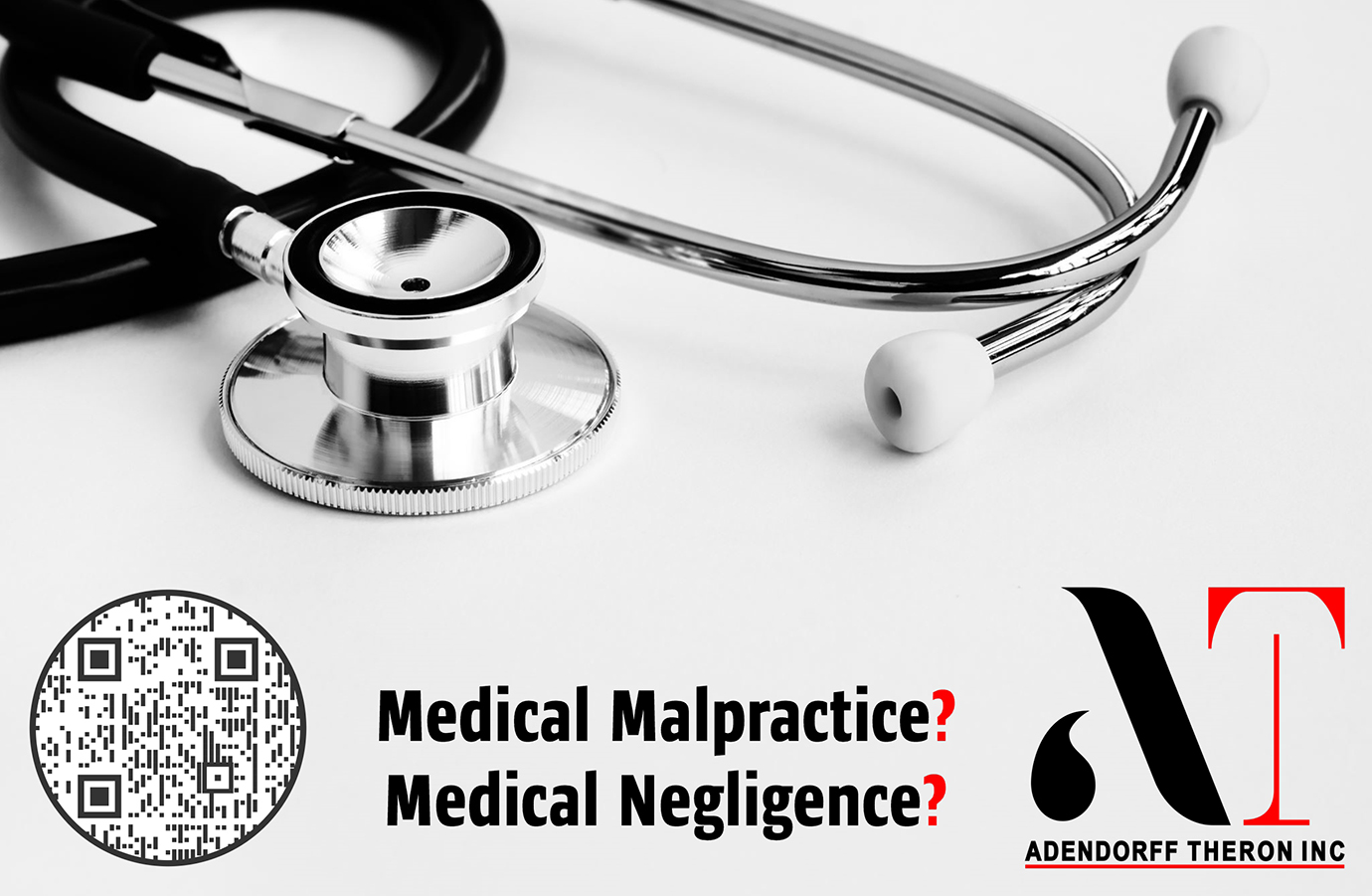
EXECUTIVE SUMMARY:
The matter related to an urgent application, wherein the applicant sought an interim interdict to reconnect the electricity supply pending the finalisation of a dispute between Eskom and the landlord. Eskom disconnected electricity to a sectional title scheme, affecting tenants without prior notice. The tenants were up-to-date with payments collected by the landlord for electricity. Eskom opposed the application, citing an abuse of court process and disputing the need for notice. The court found that the tenants would suffer irreparable harm without urgent intervention.
The court determined that Eskom's actions constituted an administrative action under PAJA. It affirmed that end-users, even without direct contracts with Eskom, had rights to fair procedures and adequate notice before disconnection. The court ordered the reconnection of electricity with specific notice requirements and instructed the landlord to pay over collected funds.
BACKGROUND FACTS:
The facts relevant to the application were as follows:
- Eskom disconnected electricity to the tenant's sectional title scheme without prior notice on two occasions. The landlord had lodged a formal dispute that remained unresolved before the disconnection.
- Tenants rely on electricity for their homes, each having individual IS-metering remote electricity meters.
- Tenants were up-to-date with their electricity payments, which the landlord collected and was supposed to pay to Eskom.
- Disconnection not only posed security risks but also affected tenants' ability to work from home, general hygiene, cooking, and food preservation.
- Eskom opposed the application, claiming it was an abuse of court process and accused the landlord of attempting to avoid a previous order.
- Eskom argued that the landlord was collecting payments but not paying Eskom, effectively seeking free electricity.
- Eskom claimed there was no obligation to serve advance notice of electricity termination to tenants and had the right to disconnect non-paying customers, with landlords responsible for informing tenants.
- The validity of the reasons for disconnection was not addressed in this application.
- Eskom denied a dispute with the landlord and stated that attempts were made to resolve the issue without going to court.
- The court found that the landlord collected money but disputed the charges, making partial payments. The landlord relied on a guarantee, but Eskom argued it wasn't intended for this purpose. No notices were served on tenants.
- The electricity was disconnected, leading to the landlord's first unsuccessful urgent application and the subsequent tenant's second urgent application.
ON THE ISSUE OF URGENCY
The court made the following findings regarding the urgency of the application:
- Eskom's argument that this application is an attempt to circumvent a previous order was not valid. The landlord has a different relationship with Eskom, and the impact of electricity disconnection is not the same for the landlord and the tenants, even though the underlying facts are the same.
- The tenants argued that they will not have substantial redress in due course because obtaining a court date would take too long, and they cannot go without electricity for an extended period. Most tenants, even if perhaps not the poorest of the poor, are low-income earners who cannot afford alternative power solutions or alternative accommodation for months.
- The court was satisfied that the tenants would not receive substantial redress in a timely manner if the matter was not heard urgently. Therefore, the court decided to enrol the matter as urgent.
FINDINGS ON THE MERITS
The court examined whether Eskom had an obligation under the Promotion of Administrative Justice Act (PAJA) to provide notice to tenants before disconnecting their electricity when there was no contractual relationship between Eskom and the tenants.
Eskom argued that it was bound by the Public Finance Management Act (PFMA) and the Electricity Regulation Act (ERA) to recover costs and fees owed for its services.
The ERA authorised Eskom to terminate electricity supply if customers failed to enter into or honour agreements.
The focus was on procedural requirements when Eskom terminated electricity supply to tenants without a contractual relationship. The reasons for disconnection and internal remedies were not addressed.
Eskom's decision to terminate the electricity supply was considered an administrative action under PAJA.
The court recognised that Eskom, despite having contractual relationships, remains a state-owned enterprise responsible for promoting citizens' rights, even when not protected explicitly in the Constitution.
The court concluded that the disconnection of electricity affects fundamental rights, making it an administrative action under PAJA.
Previous cases established that end-users, even without a contractual nexus with Eskom, have the right to fair procedures and adequate notice before disconnection.
The court ordered the reconnection of electricity, pending proper notice to tenants as required by PAJA.
The court clarified that it couldn't compel Eskom to provide free electricity but required Eskom to follow proper procedures, including giving notice to tenants.
The court did not grant the tenant's request to restrain Eskom pending the finalisation of a dispute but focused on restoring electricity and ensuring proper notice in the future.
The court ordered reconnection with a condition that monies collected by prepaid meters during this time be paid to Eskom.
In summary, the court found that tenants have a right to fair administrative procedures, including adequate notice, when Eskom disconnects their electricity, even without a contractual relationship. The court ordered reconnection and emphasised the importance of proper notice and procedural fairness.
CONCLUSION
In conclusion, this case highlights the importance of procedural fairness and adequate notice when administrative actions, such as electricity disconnections, affect individuals' fundamental rights. The court's decision reaffirms that, even in cases without direct contractual relationships, end-users have the right to just administrative action under PAJA. By issuing a comprehensive order that balances the interests of both the tenants and Eskom, the court ensures that individuals' rights are protected while also recognising the legitimate concerns of the electricity provider. This case serves as a reminder of the significance of due process in administrative actions and underscores the court's commitment to upholding these principles in the pursuit of justice.
Link to Judgement of SAFLII: http://www.saflii.org/za/cases/ZAGPJHC/2023/1046.html



